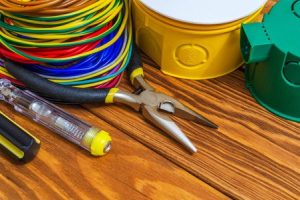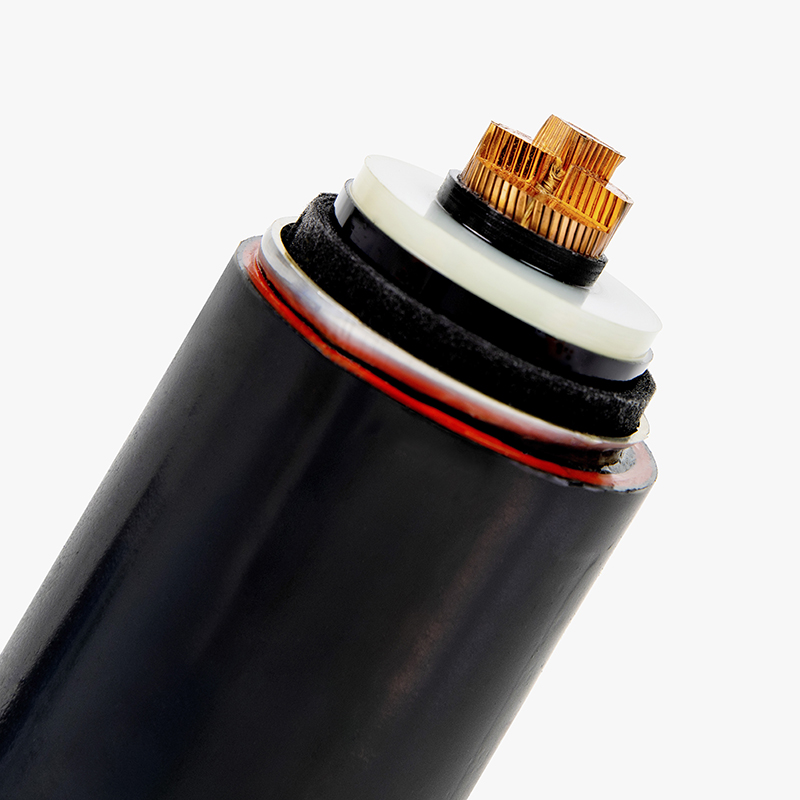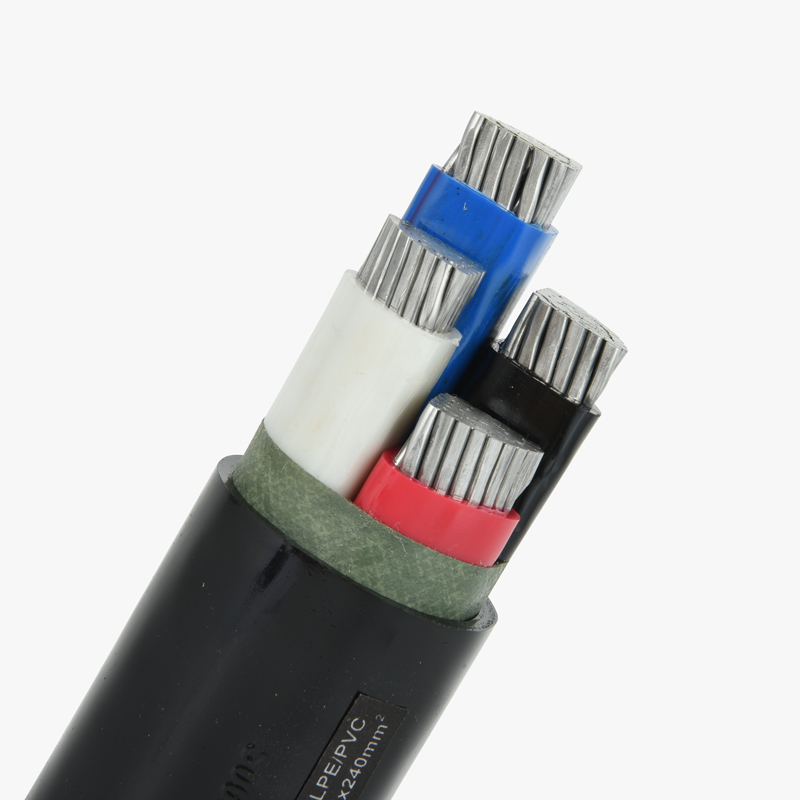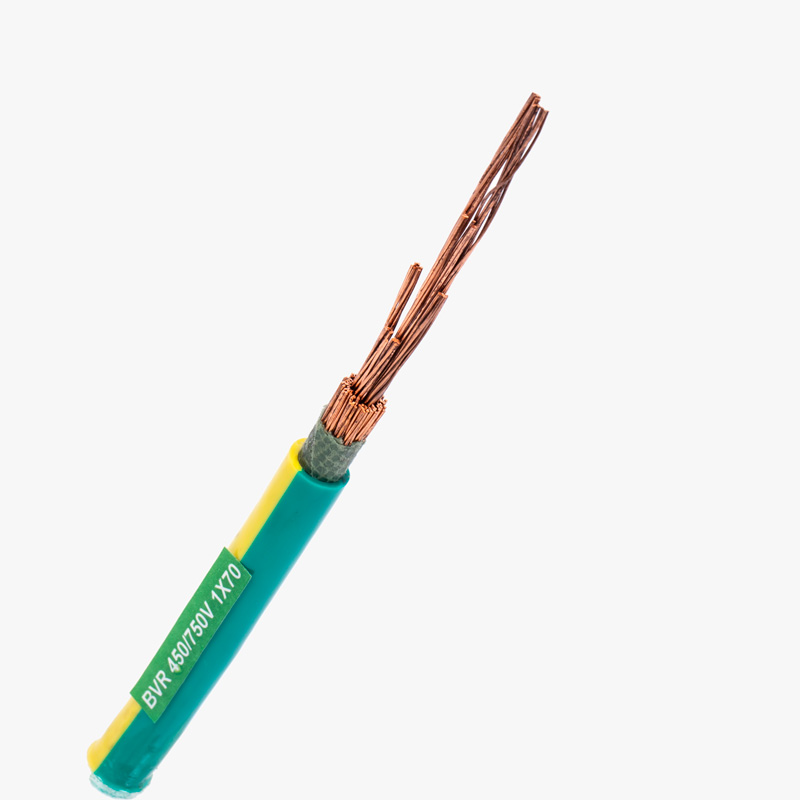Emergency Cable Installation Scenarios and Temporary Material Alternatives
In emergency conditions—such as power outages, post-disaster recovery, remote-site equipment failure, or a sudden breakdown during installation—standard tools like crimping pliers, insulation strippers, or cable testers may not be available. Under such circumstances, alternative materials and creative methods become vital for continuity and safety.
For instance, when crimping pliers are unavailable, insulated connectors or terminals can sometimes be tightly secured using strong needle-nose pliers or a vise-grip wrench, with the aid of electrical tape to maintain pressure and insulation. In more extreme cases, stripped wire ends can be twisted together tightly, soldered using a portable torch or lighter (if solder is available), and insulated using heat-shrink tubing (pre-cut beforehand) or layers of high-grade electrical tape.
If cable stripping tools are missing, a utility knife or precision blade can be used with caution to avoid nicking the conductor. A makeshift continuity test can be done using a household battery, LED, and wire. Connect one end of the circuit to the battery and the other through the LED—if the LED lights up, continuity is confirmed.
To temporarily fasten cables along walls or structures, zip ties, duct tape, or even nylon string can be used to prevent cable movement. For moisture protection, plastic bags and electrical tape can be layered to form a basic seal over connections. All such measures are temporary and require eventual replacement, but they can restore function quickly and safely under pressure.

DIY Electrical Safety Principles
Safety must remain a top priority, even during improvised installations. Always disconnect power before working on any cable. Insulate every exposed conductor with reliable, non-conductive materials. Avoid loose connections, which can generate heat and cause fire. Keep cables off wet or metallic surfaces and ensure temporary fixes are labeled to indicate future repair is needed. Avoid overloading circuits and verify grounding wherever possible. Use insulated gloves and keep a fire extinguisher nearby.
Post-Emergency Professional Maintenance
Temporary solutions must be followed by professional inspection and maintenance. For example, a twisted wire connection may restore function briefly, but should later be replaced with proper terminals using calibrated tools. Moisture-prone joints must be resealed professionally to prevent corrosion. A certified electrician should test continuity, grounding, and insulation resistance once normal operations resume.
Recommendations
DIY alternatives can restore temporary function, but always plan for professional maintenance afterward. Use safe, proven substitutes and document all changes for later correction.




